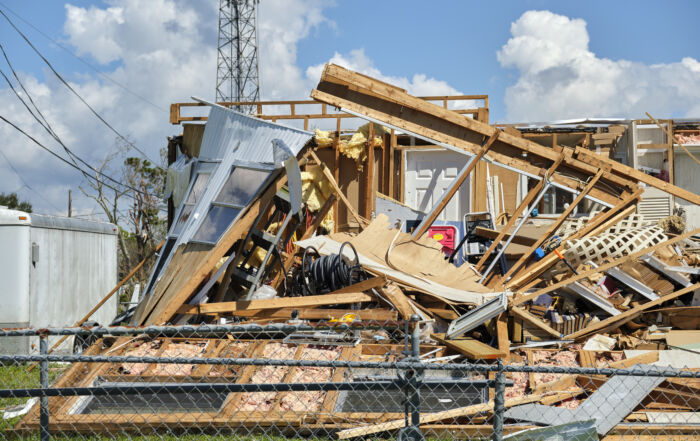Resources for Effective Purchasing and Receiving in Foodservice Operations
In our first blog for August, we reviewed best practices for purchasing and receiving, and why these can mitigate risks to safety of food from unintentional or intentional threats. In this posting, we offer some resources from trustworthy sources that can help foodservice managers in developing their own guidance for staff to follow when purchasing or receiving from vendors. Written guidance in the form of a standard operating procedure (SOP) makes clear to everyone in the relationship (vendor and foodservice staff) what and how tasks should be accomplished.
Written SOP templates to guide purchasing and receiving can be found at several extension websites or through health agencies. We’ve worked to develop those at Iowa State University, which are tailored for restaurants, schools, assisted living, or childcare foodservices. SOP templates are also available from the Institute of Child Nutrition.
With COVID being a concern, the trend of purchasing from local sources is gaining in popularity. A checklist of questions local fruit and vegetable growers can complete will ensure the foodservice has documentation that safe practices are followed by the farmer. The National Restaurant Association and Food and Drug Administration, and of course FoodHandlers, provide guidance regarding delivery of supplies by vendors, in addition to other reopening recommendations, following COVID-related shutdowns.
As an example, here are the SOPs from Iowa State University for Restaurant Purchasing and Receiving. Notice that the SOPs provide a rationale, assign specific tasks with detailed instructions, include measurable or observable standards to either employees or managers, and describe monitoring functions.
We would add that monitoring is NOT the responsibility of ONLY the manager. In a safe food culture, all employees should be comfortable providing nudges to others or calling attention to management to correct unsafe practices. Only by having everyone attuned to correct food handling and cleaning practices can a foodservice consistently provide safe food and avoid risk. Risk Nothing!
READ MORE POSTS
What Have We Already Learned from the Most Recent E. Coli Outbreak?
In late-September and peaking in very early-October, reports of increased Escherichia coli (E. coli) 0157:H7 cases [...]
Ensuring Food Safety in Emergency Foodservice Operations
As we were reminded earlier this month, emergencies can strike unexpectedly, whether due to natural disasters, [...]
Ensuring Food Safety in Emergency Foodservice Operations
Last week, many of us across the United States watched in disbelief as the southeastern portion [...]
Despite Gallup Polls, the US Does Have the Safest Food Supply in the World
As I settled into work one morning last week, a headline popped up on my computer [...]










